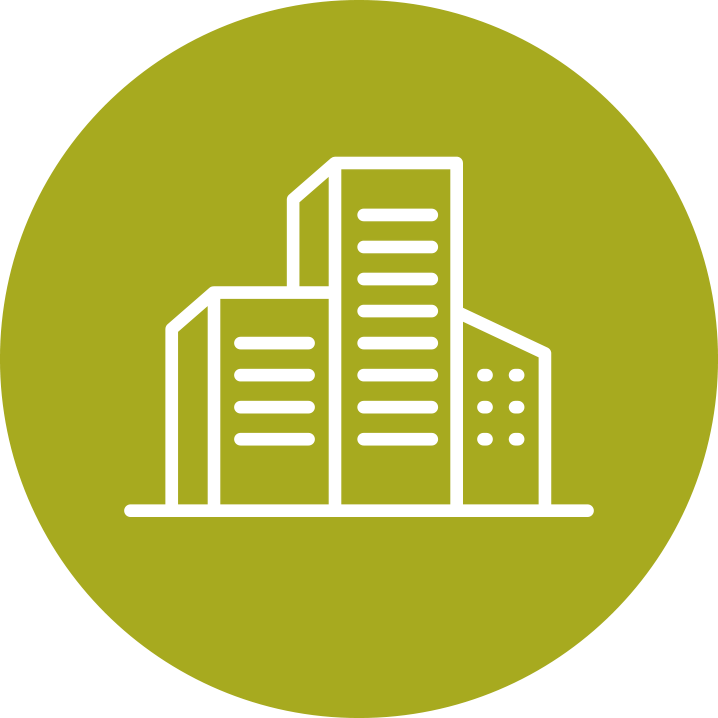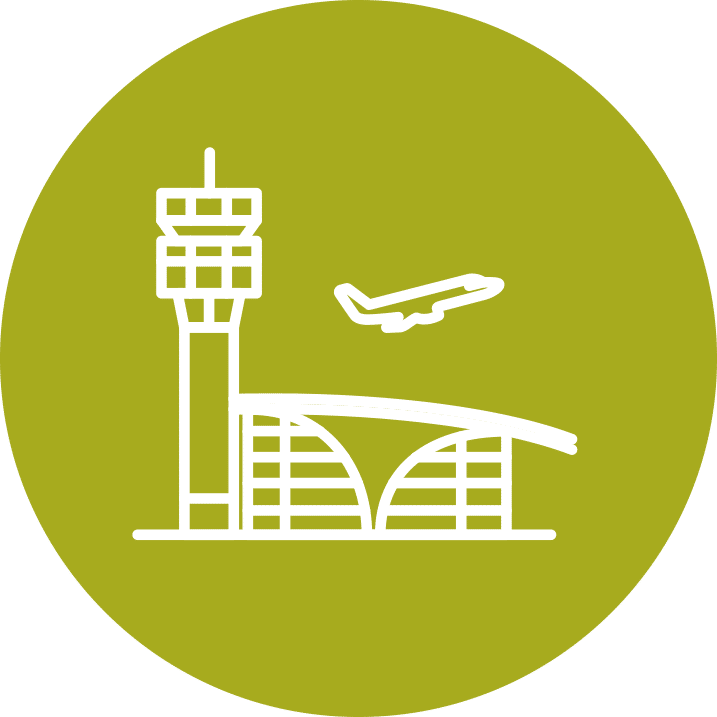Hospitals face unique waste management challenges—limited space, constant activity, and high hygiene demands. Traditionally, waste and soiled linen are stored locally in the wards and transported in corridors and elevators. Patients and healthcare professionals risk exposure to both pathogens and odours.
By using fully automated collection through sealed pipes hidden in walls and ceilings, colony-forming unit (CFU) levels in the healthcare environment are minimised, and risks for cross-contamination are eliminated, helping to prevent and reduce risks of healthcare-associated infections (HAIs).
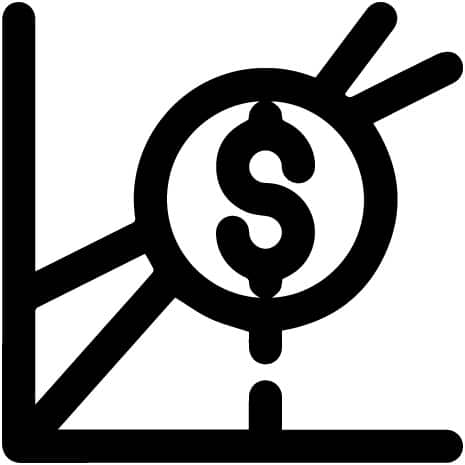
3-6 Years ROI
.
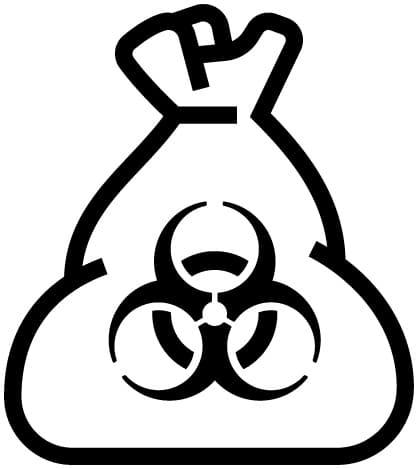
49% lower infection risk

Increased health & safety
5 fractions
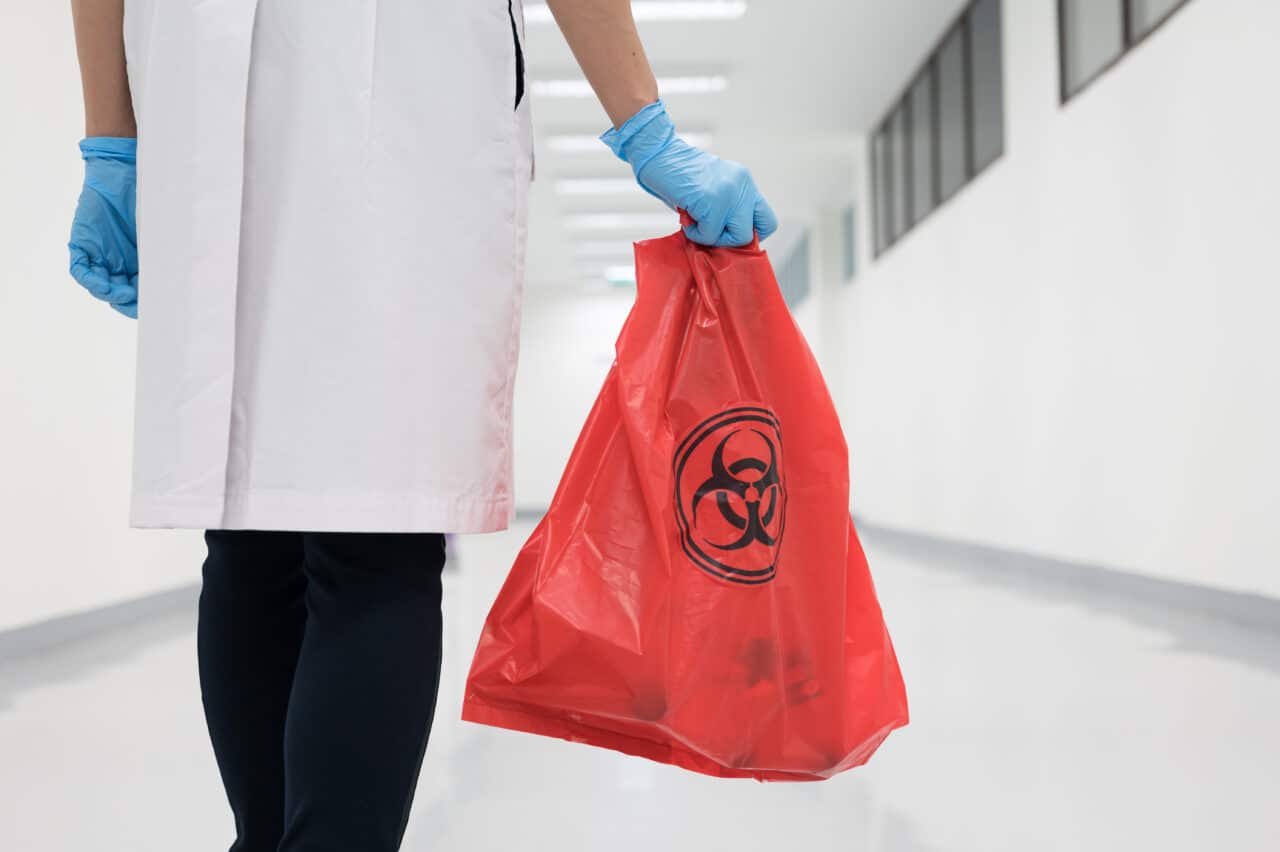
Reducing the spread of infection with infectious waste collection (IWC)
Every year, hospital-acquired infections (HAIs) pose a serious risk to patient safety and cost hospitals millions. Traditional waste handling processes – whether manual or through automated guided vehicles (AGVs) – are still prone to spreading bacteria and contaminating high-traffic areas in a hospital. Automated waste collection and segregation at the source minimise human exposure to hazardous substances. It also prevents odours and potentially disease-carrying nuisances around the waste. The solution minimises the risk of cross-contamination between waste, patients, healthcare staff, and the hospital environment. For example, an Envac system installed in a French hospital transports and separates treatment of type III sharp, infectious waste with on-site sterilisations (scalpels, needles, and any metal/sharp material responsible for transmitting diseases).
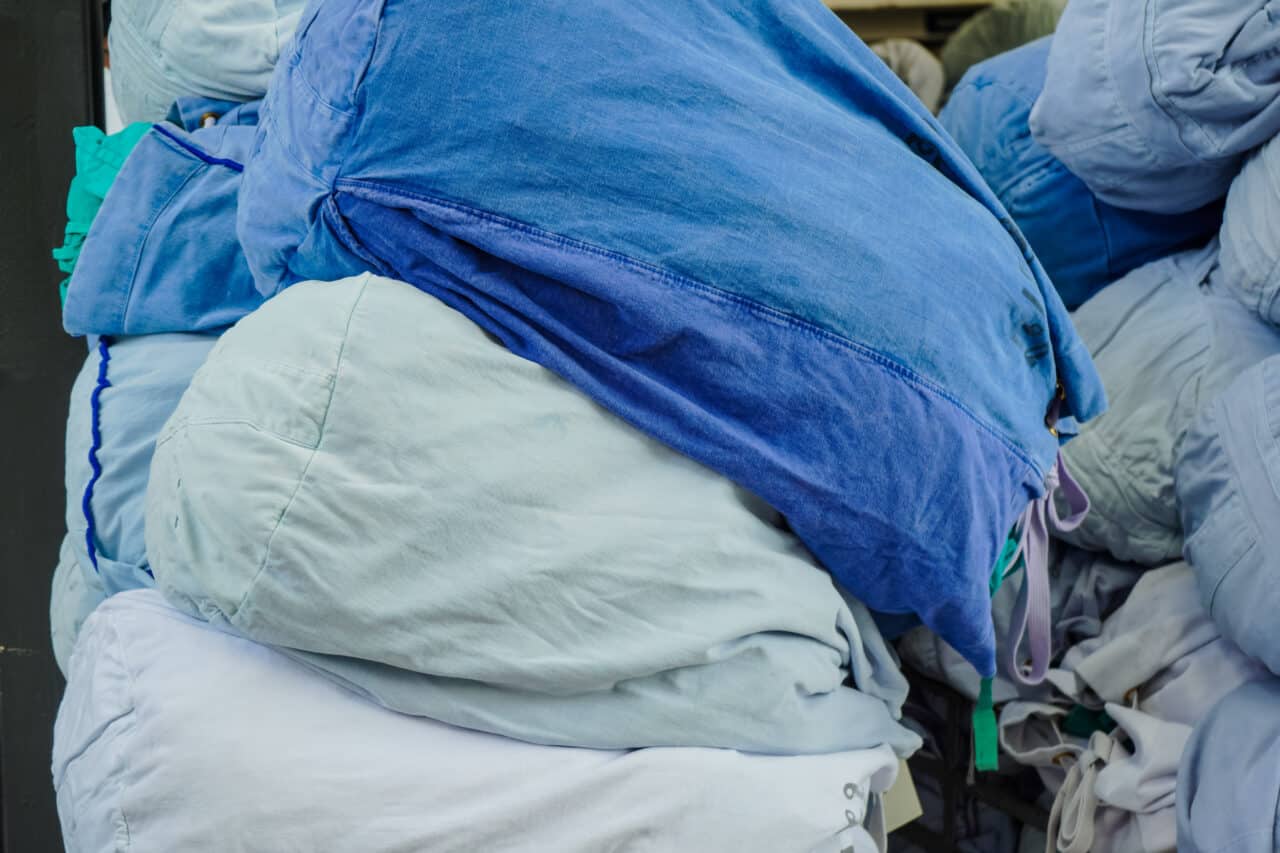
Improving logistics and safety with soiled hospital linen collection
With large volumes of soiled linen and waste generated daily, hospitals must have a reliable system in place to handle collection and disposal swiftly and safely. Envac’s automated linen collection system optimises hospital logistics by reducing manual handling, streamlining waste flow, and ensuring 24/7 hygienic and secure disposal. Hospitals can improve efficiency, free up resources, and create a safer working environment by minimising staff involvement in waste transportation.
A study by KTH University in Sweden found that hospitals using closed pipe systems for soiled linen and waste disposal had significantly lower bacterial contamination levels than those relying on traditional handling methods. The findings revealed that hospitals equipped with the Envac system recorded a 49.3% lower average CFU* count and a 6.10% lower median CFU* count, demonstrating a marked reduction in microbial presence.
By automating linen collection, hospitals can streamline operations, improve infection control, and maintain a cleaner, safer environment for both staff and patients.
(*CFU: Colony-Forming Units, a measure of bacterial presence.)

Strengthening hospital reputation and ensuring regulatory compliance
Hospitals must adhere to strict infection control and hygiene regulations set by bodies such as the NHS, WHO, and local health authorities. Traditional waste handling methods increase the risk of contamination due to manual contact. Envac’s automated system reduces human involvement, minimising infection risks and ensuring safer waste disposal. A closed pipe system prevents airborne contamination, improves waste segregation, and supports regulatory compliance. Beyond compliance, a well-maintained and hygienic environment enhances public trust, reassures patients, and fosters a positive reputation. By eliminating visible waste accumulation, reducing odours, and creating a cleaner facility, hospitals can improve patient satisfaction and staff working conditions. Many hospitals are required to adopt eco-friendly waste management practices to minimise their environmental impact. Envac’s system reduces carbon emissions by replacing frequent manual waste transport with an automated collection system, cutting down vehicle movements and energy use.

Reducing costs and maximising ROI with automated waste management
Investing in Envac’s automated waste collection system delivers long-term cost savings and operational efficiency for hospitals. The system lowers labour costs by reducing manual handling, allowing staff to focus on patient care rather than waste transport. With fewer waste-related vehicle movements, hospitals also save on fuel, maintenance, and staffing expenses. A study by KTH University in Sweden found that hospitals using Envac’s closed system had significantly lower bacterial Contamination, reducing infection risks. This helps hospitals avoid costs associated with infection outbreaks, such as additional cleaning, sterilisation, and compliance measures.
Hospitals typically recoup their investment within a few years (approx. 3 to 6 years) through operational savings, improved infection control, and reduced waste management expenses. By integrating Envac’s system, healthcare facilities create a cleaner, safer, and more cost-effective environment, ensuring long-term financial and environmental sustainability.
Healthcare waste & associated risks
Urgent need for smart waste collection system
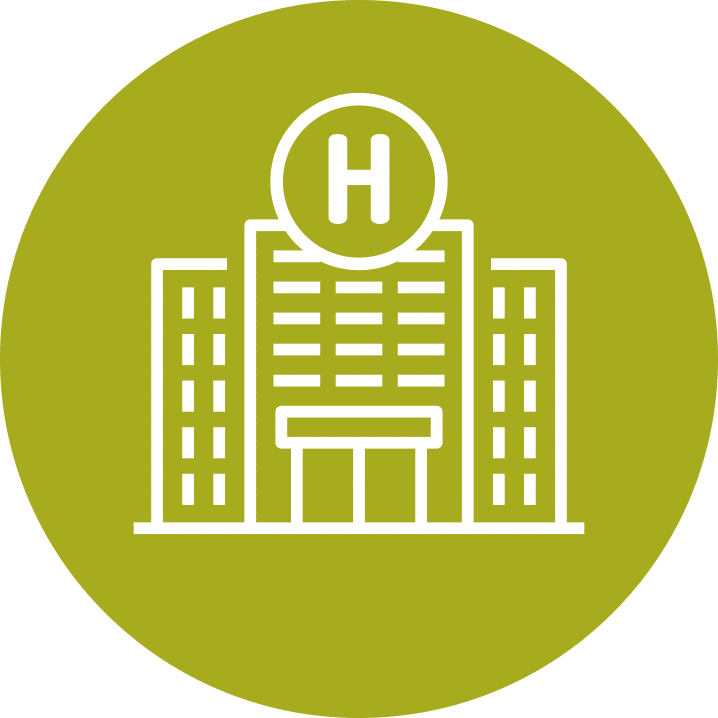

Manual Waste Handling = Hygiene Risk
Exposure increases infection risk for staff and patients
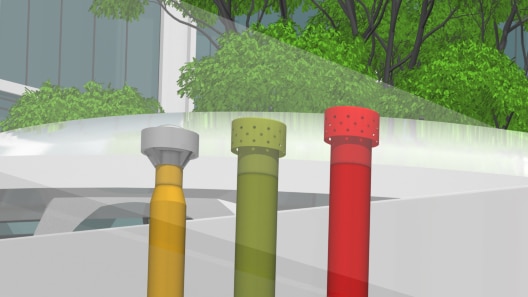
Infectious air valve
Air inlet valve for the infectious waste collection (IWC) system.
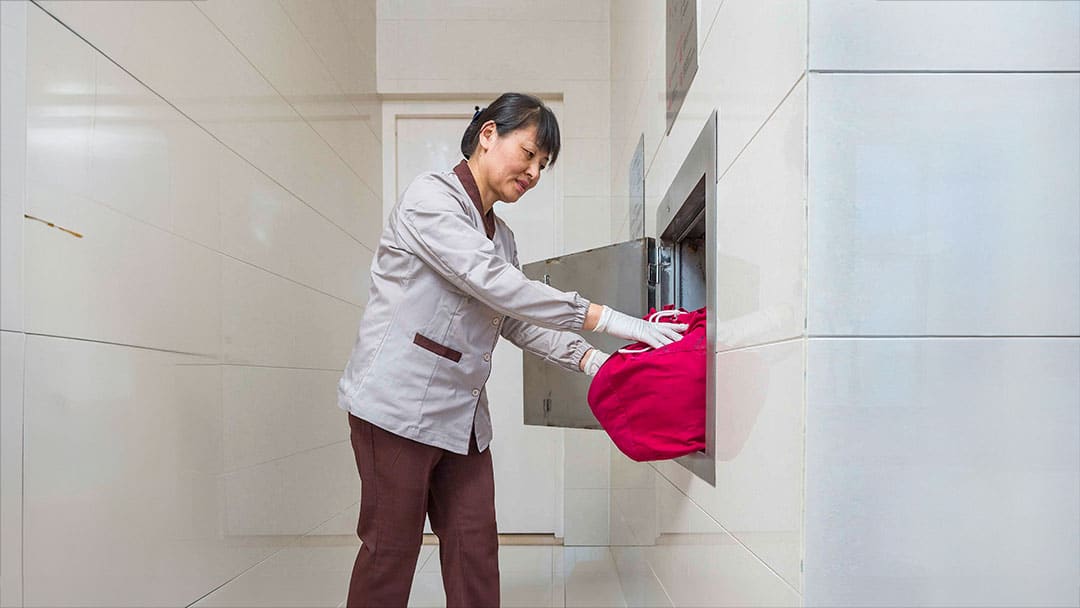
Inlet point
The number of inlet points and their location are defined by the functions of the hospital. Green pipe for general hospital waste and recyclables Red for soiled linen.
The inlets can be fitted with touchless technology that uses sensors for access control. The sensors recognize if it is waste, recyclables, laundry, or infectious waste, that is being disposed of.
Without any physical contact with buttons, handles, or panels to dispose of the waste, the spread of infections is minimized.
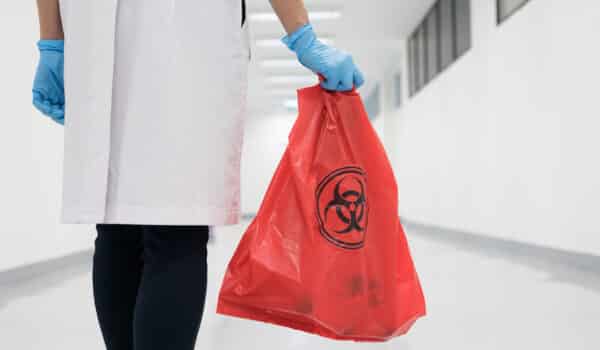
Infectious waste
Infectious waste is collected in a separate, hermetically sealed pipe (yellow pipe).
The closed system and touchless waste inlets minimize the spread of infections, direct transmission, and accidents.
Air valve
Air inlet valves for waste/ recyclables and soiled linen transportation systems.
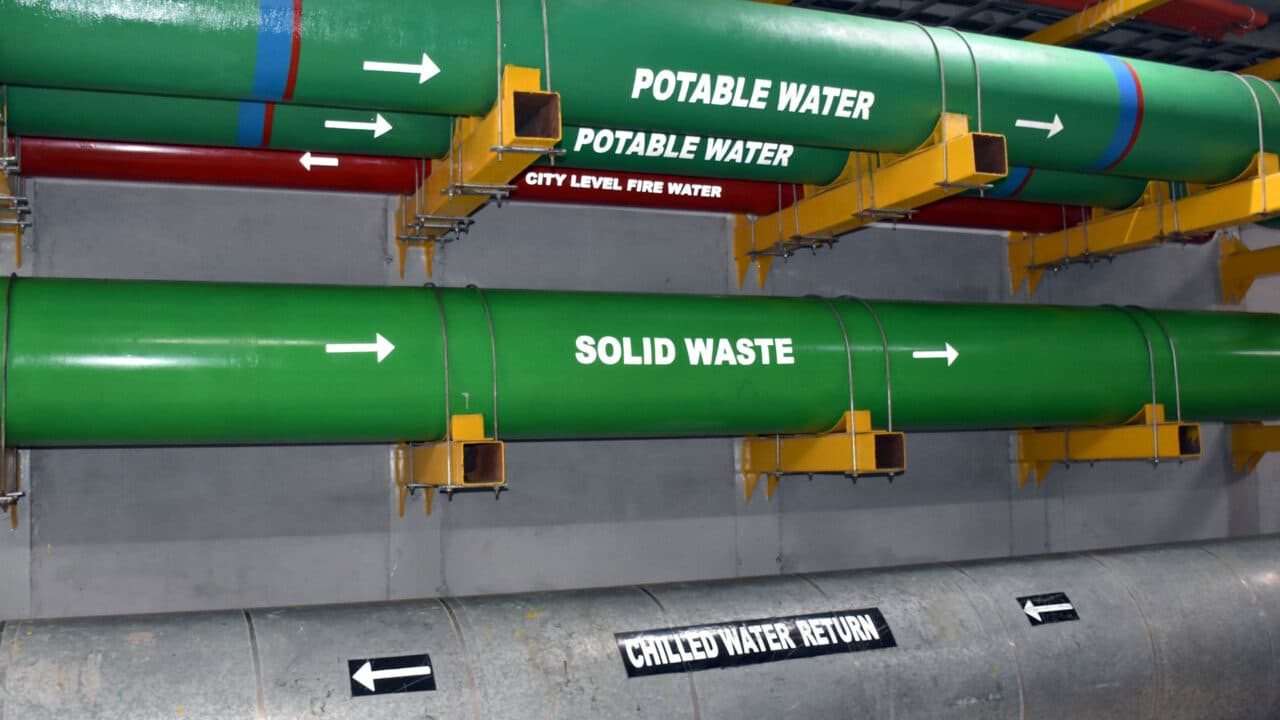
Pipe network
The pipe network runs from the inlet points to the collection station hidden behind walls, in ceilings and in the service corridors.
This ensures that the system remains discreet and unobtrusive while saving valuable square footage which can be utilised for other purposes.
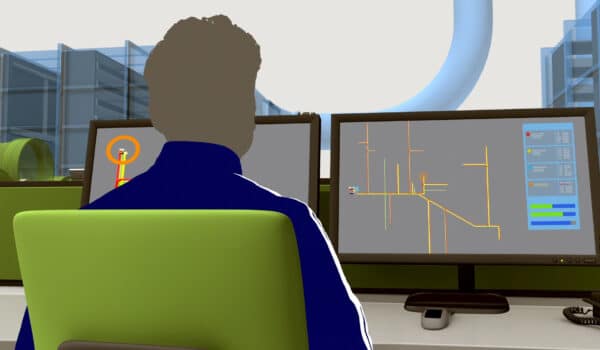
Smart automation
Processes are controlled by Envac’s selflearning Automation Platform (EAP) and can be monitored by the Hospital’s BMS (Building Management System).
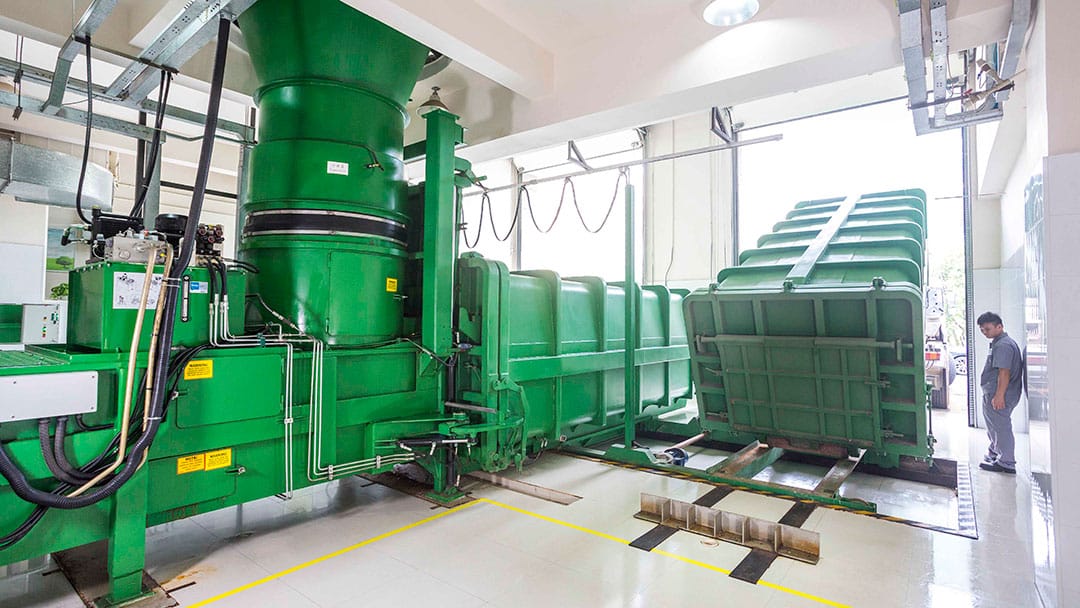
Collection station
All materials are collected at one single point. The collection station usually located at the hospital’s logistic center for easy truck access.
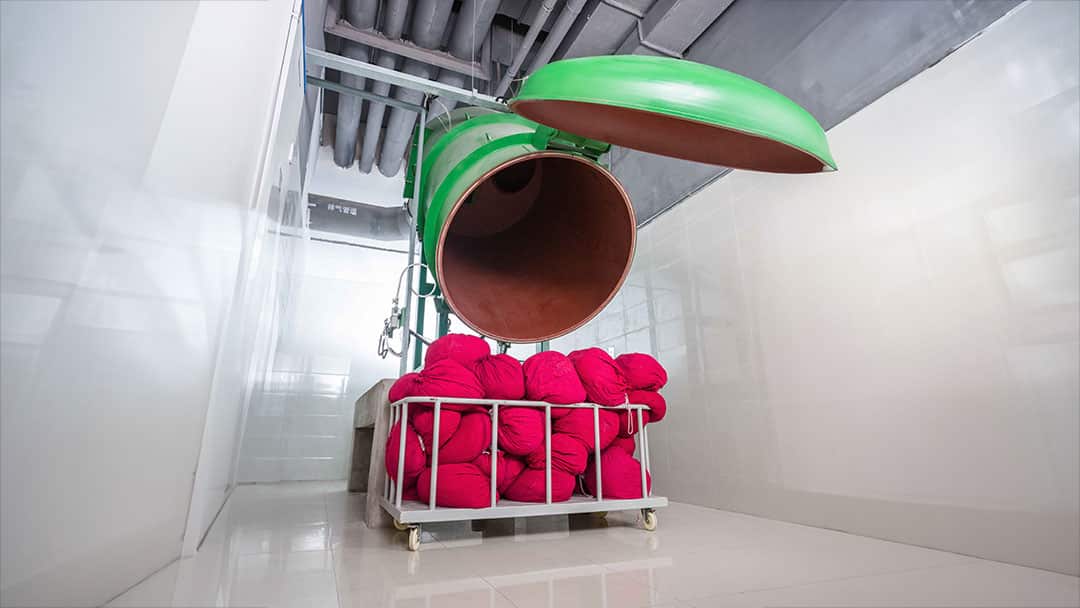
Soiled linen collection
Soiled linen collection drop bags into trolleys for transport to either local or external laundry facility.
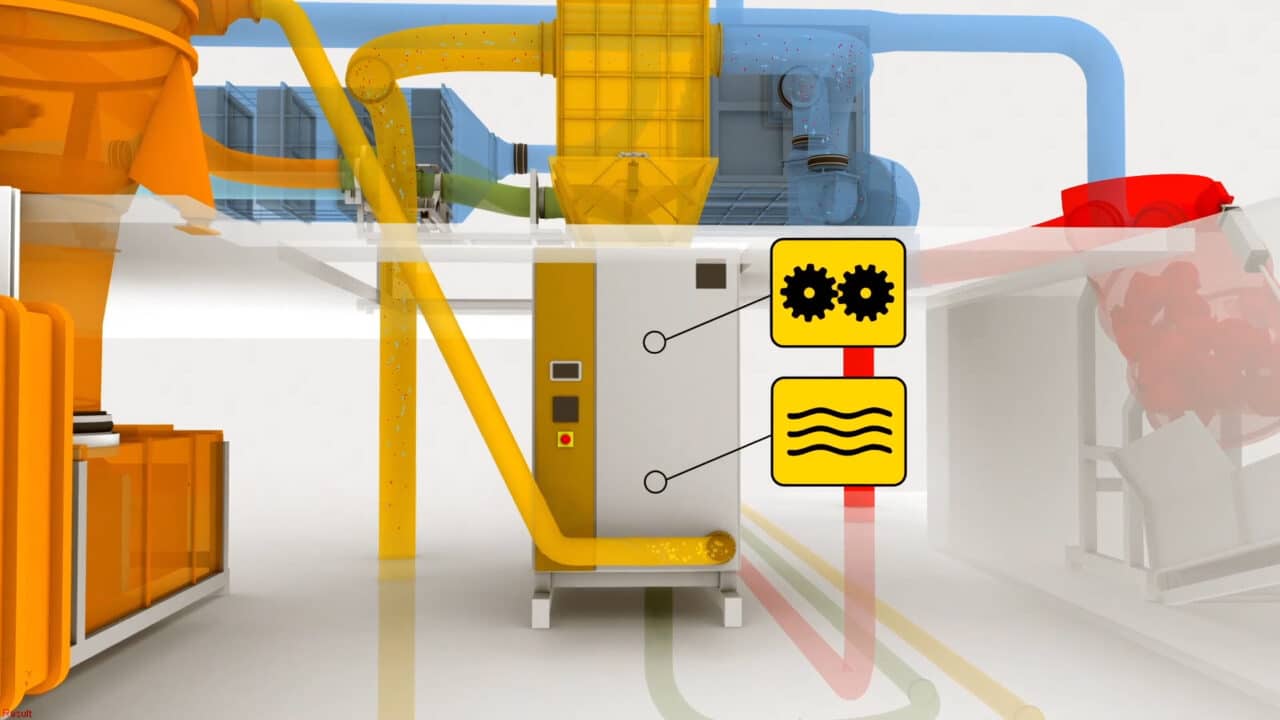
Infectious waste treatment
Infectious waste treatment; converts the hazardous waste into nonhazardous waste.
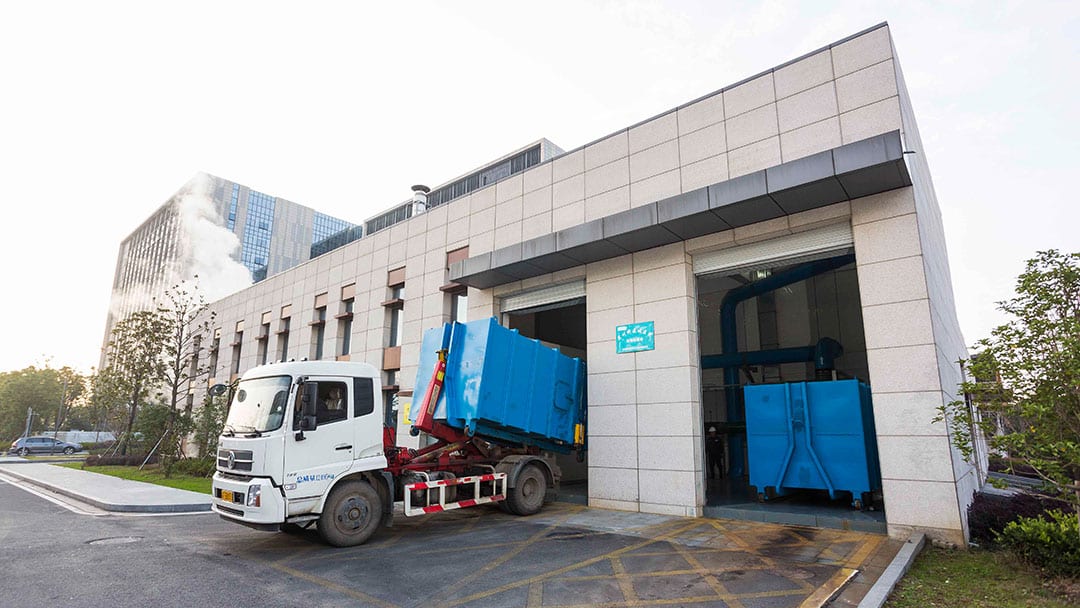
Containers
Containers for waste and recyclables. Material is compacted to minimise truck collections.
Other areas

Air filtration system
Air filtration system ensure that transport air is purified before being released into the open air.
Solutions for Healthcare
Envac offers a range of automated waste collection systems specifically designed for hospital environments to boost hygiene, safety, and operational efficiency. These solutions can be implemented individually or combined into a comprehensive hospital waste management system.

Stationary Pneumatic Waste Collection System
Traditional waste handling takes up valuable space and risks cross-contamination in the hospital environment. Envac optimises hospital waste management by hygienically
transporting it with a sealed vacuum system to a central collection point. Smart multi-fraction inlets simplify sorting, reduce manual handling, improve hygiene, and save space, labour, and operational costs.

Kitchen Waste Collection System
Envac’s kitchen waste solution eliminates the need for bins and bags by allowing direct disposal of waste into inlets integrated within the food preparation area. The waste is then swiftly transported through vacuum-sealed pipes to a central collection unit, removing transport paths and ensuring a clean, odour-free kitchen that complies with the most stringent hygiene requirements.
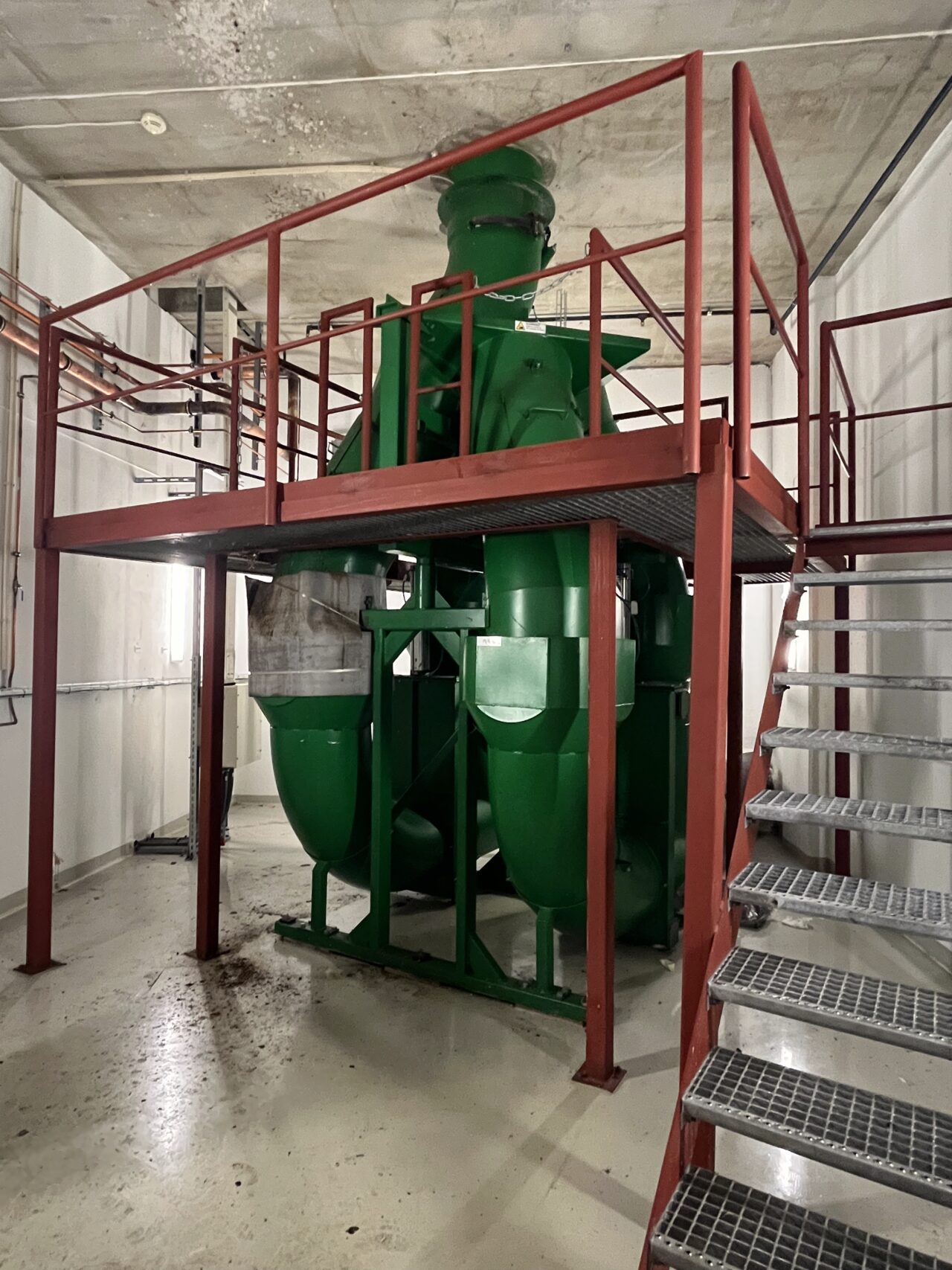
Sort-More
Sort-More, integrated with an automated waste management system, allows hospitals to manage up to four different waste fractions – paper, confidential paper, residual, and plastic through a single chute. Installed at the bottom of a vertical waste chute, Sort-More is a multi-diverter and an intermediate storage unit, seamlessly sorting and storing the various waste streams.
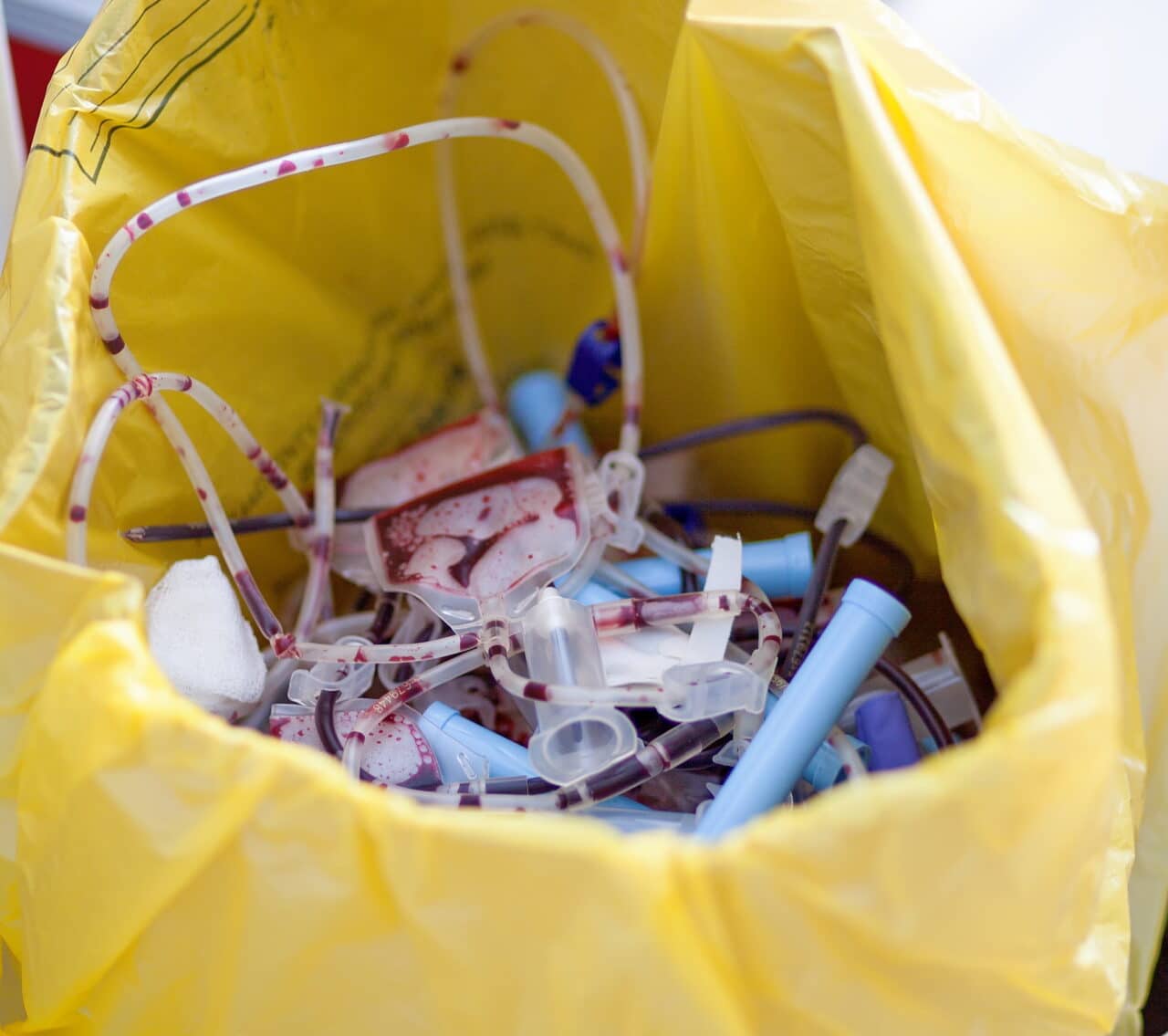
Infectious Waste Collection System
Managing hazardous hospital waste – especially infectious and sharps waste – demands strict routines, special containers, and detailed labelling. Transport must follow strict safety protocols. Envac simplifies this by enabling near-source disposal and enclosed pipe transport to an on-site treatment facility, converting it into non-hazardous waste. The result: safer handling, higher efficiency, full compliance, and lower costs.

Soiled Linen Collection System
Handling soiled linen risks exposing staff and patients to airborne pathogens, and heavy bags can cause strain-related injuries over time. Frequent transport through corridors and elevators negatively disrupts hospital logistics, decreasing accessibility. Envac’s 24/7 smart linen collection system minimises physical contact, supports infection control protocols, and maintains a clean, efficient, and compliant
environment.
Related Projects

Healthcare Kunshan, China
Kunshan Eastern Medical Center
Envac’s advanced automatic waste collection system at a major hospital in Kunshan, China, significantly improving hygiene and operational efficiency. It includes various departments such as outpatient medical technology, a ward with 2000 beds, a scientific research and teaching office, an infectious disease, and a logistics centre.

Healthcare Stockholm, Sweden
Ersta Hospital
Flexible healthcare facilities for modern, high-quality care are centrally located in Stockholm. By integrating an advanced waste collection system, the hospital ensures a cleaner and more efficient environment for patients and staff.
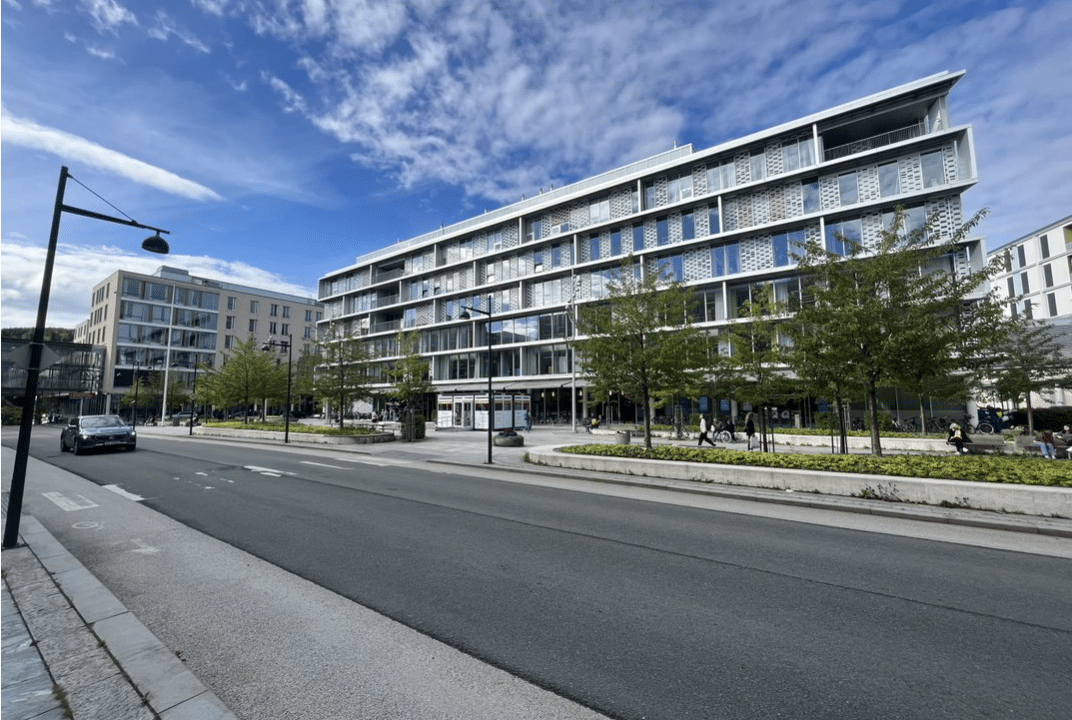
Healthcare Trondheim, Norway
St Olavs Hospital
One of the most notable measures adopted by the hospital is the installation of Envac’s automatic waste collection system. The system is designed to collect four different waste streams: paper, confidential paper, residual, and plastic.
Related Articles
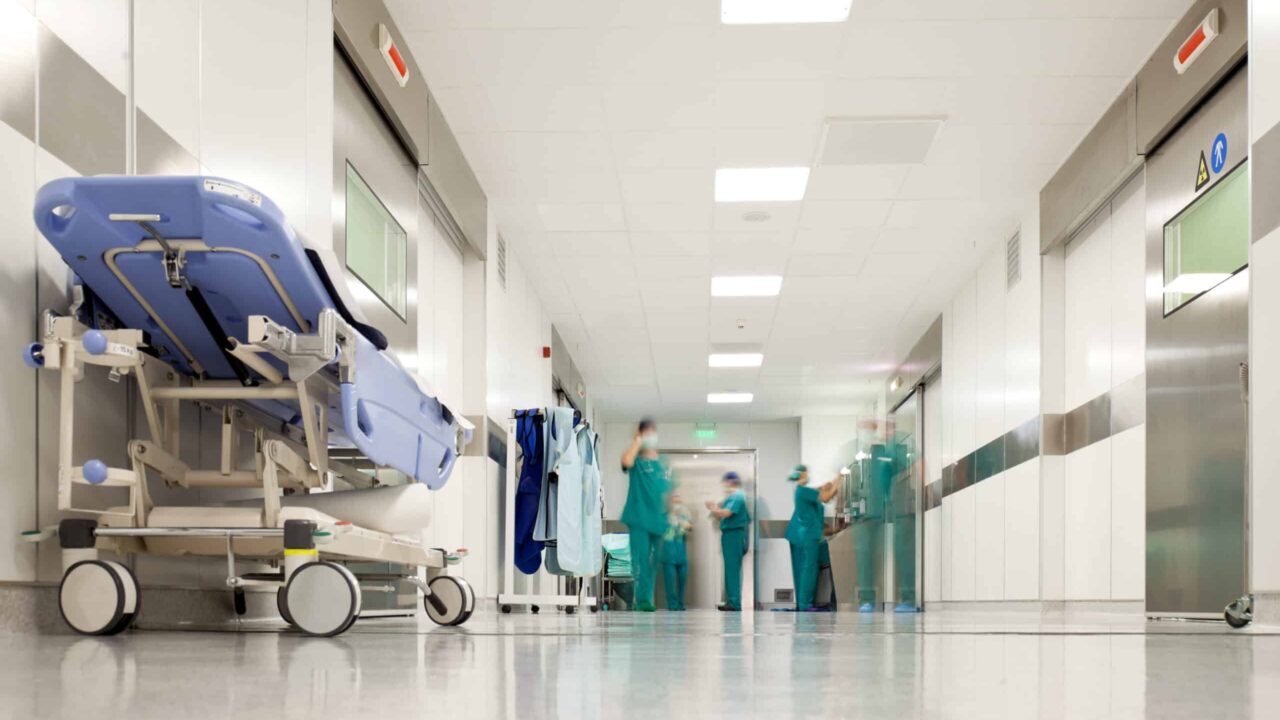
Reduce operational costs in healthcare facilities with automated waste systems
Healthcare facilities face rising costs, labour shortages, and increasing demands for efficiency and sustainability. Automated waste systems offer a transformative solution, reducing labour costs, streamlining workflows, and improving infection control. Discover how automation can enhance patient care while cutting operational expenses.
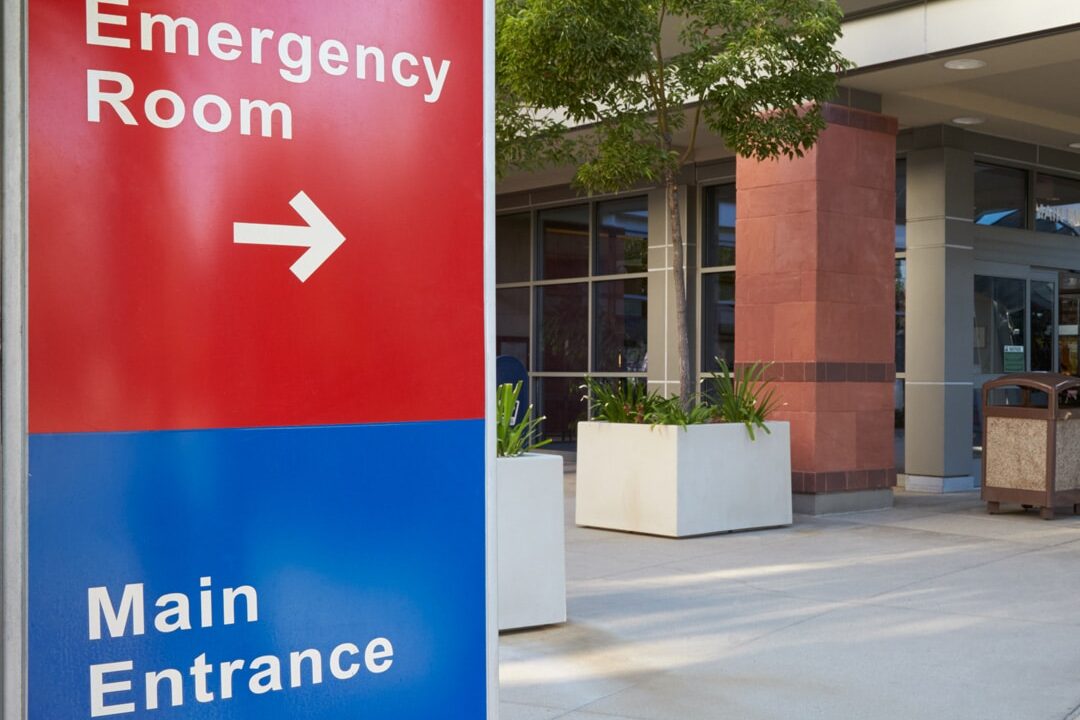
How automated waste systems improve hygiene in healthcare facilities
Discover how automated waste systems improve hygiene in healthcare facilities by reducing infection risks and enhancing operational efficiency. Learn how Envac’s technology ensures safer environments for patients and staff while meeting stringent health standards.

Research shows closed pipe systems reduces hospital bacteria
A report from the Public Health Agency of Sweden in 2023 showed that up to SEK 1.6 billion could be saved in healthcare simply by reducing the number of patients who acquire healthcare-associated infections. By revising logistics, hospital waste management, and improving medical procedures, infection spread can be reduced.
Related Videos
Envac healthcare
Improving hospital efficiency and hygiene by eliminating cross-infection risks and streamlining waste and soiled linen handling. Replacing wheel-based corridor transportation with our sealed and efficient vacuum transportation system will free up valuable space, improve workflow, and ensure a cleaner environment for patients and healthcare professionals.
Envac Hospital – Hospital image
An eco-friendly hospital environment with state of the art technology attracts both top health care professionals and patients.
Envac Hospital – Low opex
Pneumatic transportation of waste and soiled linen in sealed pipes means less need for cleansing and transportation staff = reduced manpower costs.
Less waste transportation vehicles and carts in corridors and culverts means less wear and tear of the building = reduced maintenance costs.



